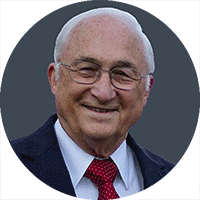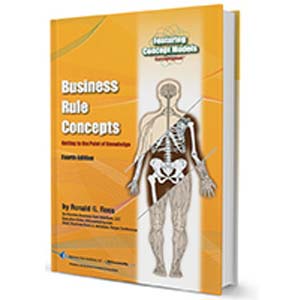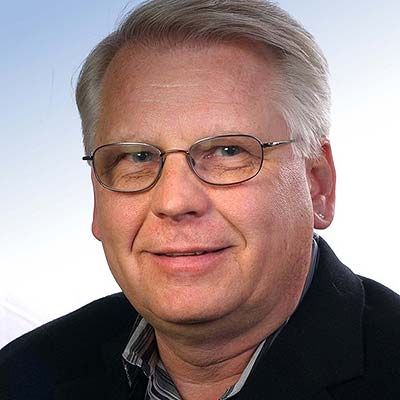Developing and Adopting a Common Language: What's Required from an Organizational Perspective
It seems obvious enough that companies, government agencies, and non-profits would benefit from a common language. Without it, coordinating work is more difficult, computers "don't talk," and basic questions such as "how many customers do we have?" yield differing answers, making it more difficult to run the business.
It is observably true that most organizations do not have a common language and experience many such problems. Further, efforts to put all the data in one place have not yielded a common language. Nor has the latest generation of technologies, such as cloud-based data lakes.
These points led us to ask the following:
- What does it take, from an organization perspective, to develop and adopt a common language?
- Is doing so worth the trouble (i.e., what is the compelling business case for a common language)?
This report deals with the first question. Specifically, we've identified ten criteria, grouped into four broad areas
- Sense of Urgency,
- Long-Term Thinking,
- People, Process, and Structure, and
- Adoption and Growth
We do not yet know if a common vocabulary is always worth the trouble. Indeed, we suspect that answer will depend on the individual company's business circumstances. And it may well be possible that a company could develop, adopt, and benefit from a very restricted common vocabulary. We aim to explore these topics in a later paper when we report on question 2, above.
As a standalone, this document aims to both:
- Educate those contemplating a common language, and
- Serve as a "checklist." Do not go forward with a common vocabulary effort unless and until you can meet these criteria.
One final note: Our work was guided by one unqualified success, a few partial successes, and many failures. The unqualified success was Aera Energy LLC, the Bakersfield, CA (USA)-based oil and gas company. Herein we use "bullets" to explore how some of these criteria were/are implemented at Aera.
Download the full paper here: http://www.brcommunity.com/a2020/c039.pdf
# # #
About our Contributor:
Online Interactive Training Series
In response to a great many requests, Business Rule Solutions now offers at-a-distance learning options. No travel, no backlogs, no hassles. Same great instructors, but with schedules, content and pricing designed to meet the special needs of busy professionals.











